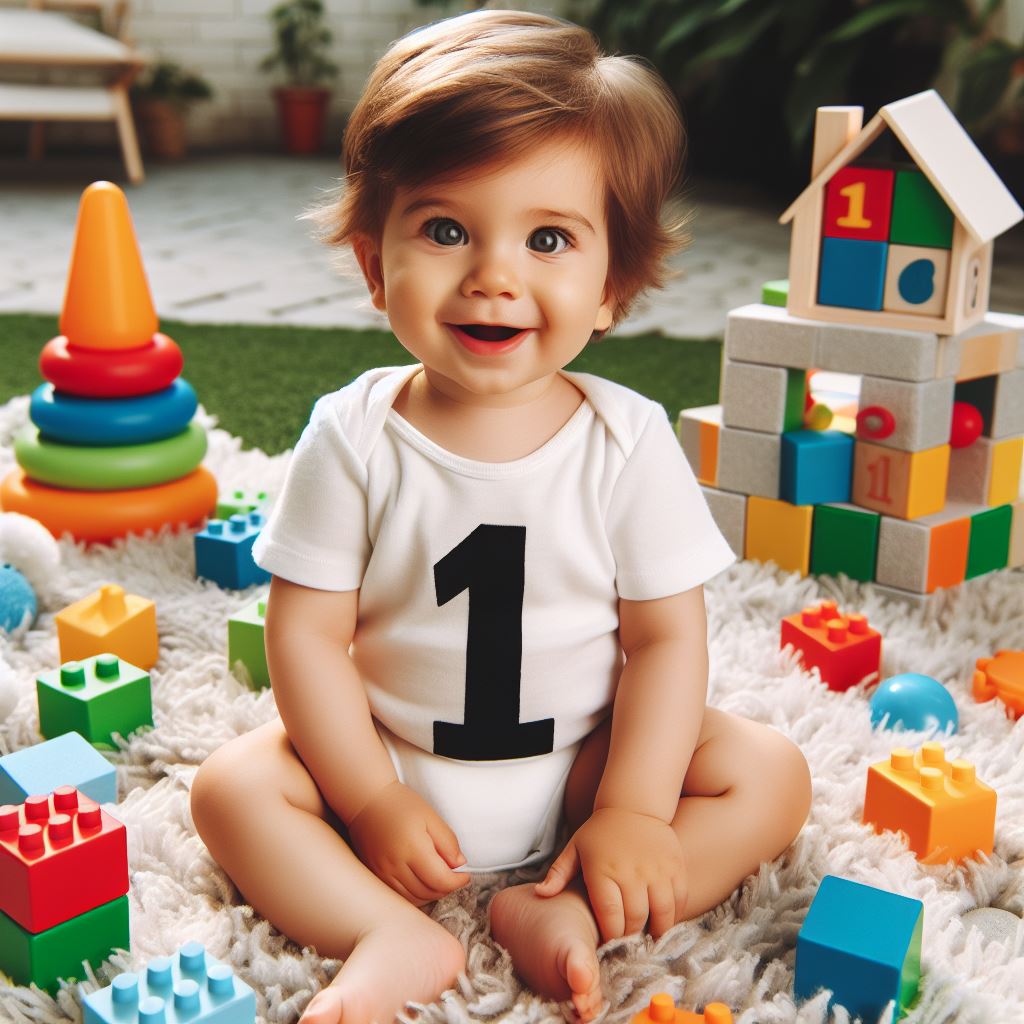Your basket is currently empty!

Exciting Milestones at 12 Months: Your Baby’s Journey into Walking
Table of Contents
TogglePhysical Development at 12 Months old
The anticipation is high as your 12-month-old might be ready to take those first independent steps any day now. While some babies start walking around nine or 10 months, the average age is around 13 months. When your little one begins to walk, you might notice her feet turning out, and she may walk on her tippy toes initially. These quirks usually correct themselves as she becomes more accustomed to being upright.
However, there’s no need to worry if your baby isn’t walking just yet. Many children take a few more months, and this is entirely normal. Some babies who excelled at crawling or bottom-shuffling might take a bit longer to transition to walking.
By now, your baby’s ability to pick up objects has become quite impressive. With a fine pincer grip, she can use her thumb and forefinger to grasp items as small as 5p pieces. This newfound skill comes with a need for heightened vigilance, as she explores the world around her and picks up anything she finds interesting.
Mealtimes are becoming more interactive, as your baby masters self-feeding using her forefinger and thumb. She may also experiment with a spoon, though the food-to-mouth ratio might not be perfect. Encourage her independence in feeding, but be prepared for a bit of mess as she enjoys exploring different textures.
As your baby gains more teeth, including molars, her chewing skills improve. This means she can tackle more textured foods, and she might even enjoy a piece of her first birthday cake.
At 12 months, your baby will have gone through significant growth, likely doubling or even tripling her weight since birth. Growth charts may show fluctuations due to increased mobility and growth spurts, but as long as she follows a general centile line, there’s usually nothing to worry about.
While milk is no longer a strict necessity, most babies continue to have one or more milk feeds into toddlerhood. If you’re breastfeeding, the World Health Organization recommends continuing to two years or more. For those transitioning to cow’s milk, it’s advisable to use full-fat milk until age two, served in a cup to prevent tooth decay.
Encouraging physical development at this stage involves supporting your baby as she takes steps and providing opportunities for walking around furniture. Placing a favorite toy slightly out of reach when she’s standing at the sofa can motivate her to take a few steps, holding onto the cushions for support.

Leave a Reply